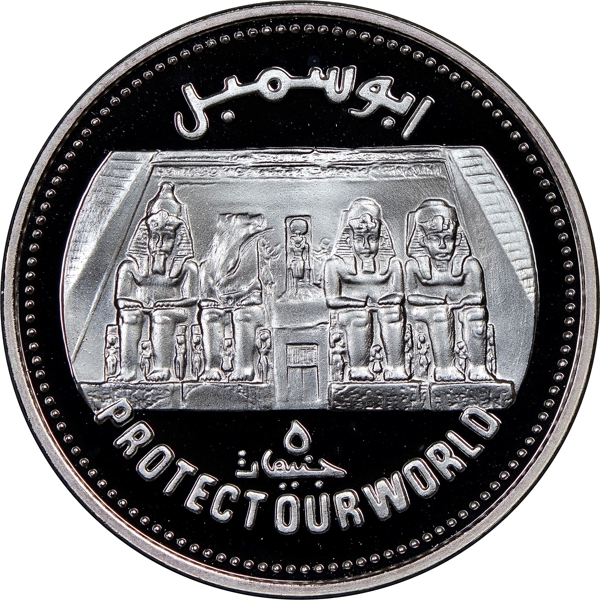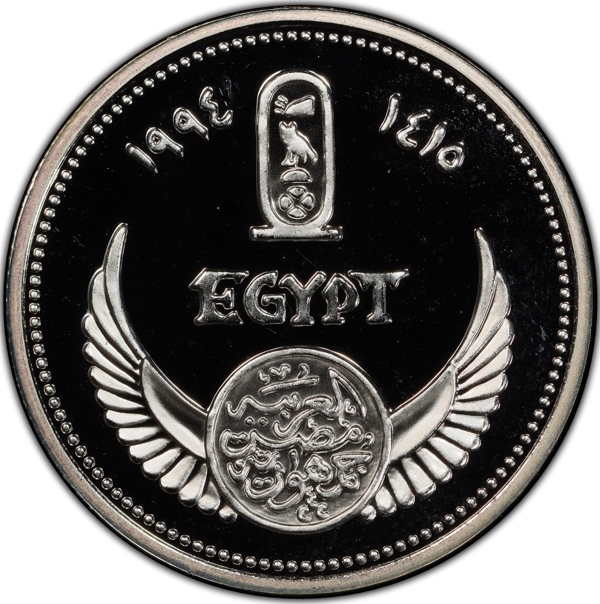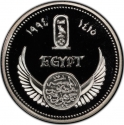You are about to finish your registration. Please check your mailbox (including spam folder). There should be a letter with a confirmation link. Check setting to make sure that your e-mail address is correct.
Send letter againDescription
Abu Simbel is a historic site comprising two massive rock-cut temples (The Great Temple of Ramesses II and the Small Temple of Hathor and Nefertari) in the village of Abu Simbel, Aswan Governorate, Upper Egypt, near the border with Sudan. The twin temples were originally carved out of the mountainside in the 13th century BC, during the 19th Dynasty reign of the Pharaoh Ramesses II. They serve as a lasting monument to the king Ramesses II. His wife Nefertari and children can be seen in smaller figures by his feet, considered to be of lesser importance and were not given the same position of the scale. Their huge external rock relief figures have become iconic.
The Great Temple at Abu Simbel, which took about twenty years to build, was completed around year 24 of the reign of Ramesses the Great (which corresponds to 1265 BC). It was dedicated to the gods Amun, Ra-Horakhty, and Ptah, as well as to the deified Ramesses himself. It is generally considered the grandest and most beautiful of the temples commissioned during the reign of Ramesses II, and one of the most beautiful in Egypt.
Obverse

|
Depicts the entrance to The Great Temple of Ramesses II, denomination below it. Inscription "Abu Simbel" above in Arabic and "Protect Our World" below in English. أبوسمبل |
|---|---|
Reverse

|
Cartouche divides date in Arabic (Hijri) and (Georgian) above mirrored wings around the country name (Arab Republic of Egypt) and state name (Egypt) above wings. ١٤١٥ - ١٩٩٤ |
| Edge |
5 Pounds
Protect Our World
Abu Simbel
Subscribe series
KM# 969
Protect Our World
Abu Simbel





